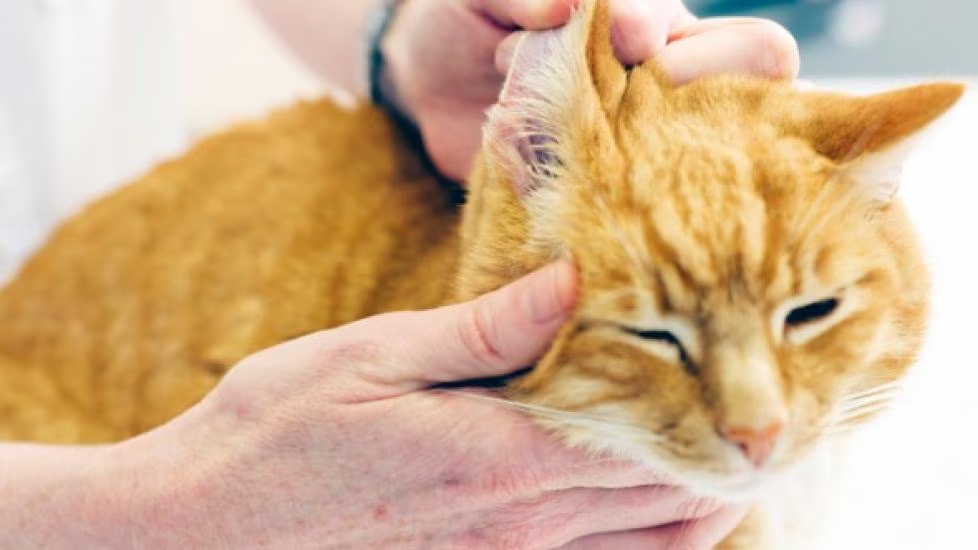Ear infections in cats are a common issue that can be caused by bacteria, yeast, allergies, or parasites like ear mites. If left untreated, ear infections can lead to more serious conditions such as hearing loss or damage to the ear structures. Here are eight essential steps for treating a cat ear infection:
1. Consult Your Veterinarian
Before starting any treatment, it’s essential to visit your veterinarian. They will diagnose the type of ear infection (bacterial, fungal, or parasitic) and determine the underlying cause. This may involve taking a sample from the ear to identify the infection type. Your vet will also recommend the most effective treatment plan for your cat.
2. Keep the Ears Clean
Ear cleaning is an important part of treating an ear infection. Your vet may recommend an ear cleaning solution that is safe for cats. Use it to gently clean the ear canal and remove dirt, wax, or discharge, which can help the medication work more effectively. Be gentle during the cleaning process and avoid going too deep into the ear canal.
3. Apply Ear Medications as Prescribed
Your veterinarian will likely prescribe ear drops or ointments designed to treat the specific infection in your cat’s ears. Follow the directions carefully, including the prescribed dosage and frequency. Make sure to administer the medication directly into the ear canal and gently massage the base of the ear to ensure proper distribution.
4. Prevent Your Cat from Scratching the Ears
Cats with ear infections often scratch or paw at their ears, which can worsen the infection or cause injury. To prevent this, your vet may suggest using an Elizabethan collar (cone) or another protective barrier. This will help keep your cat from further irritating the ears.
5. Monitor for Signs of Pain or Discomfort
Ear infections can cause significant discomfort or pain. Keep an eye on your cat’s behavior. If they show signs of increased pain, such as excessive head shaking, crying out, or a noticeable change in behavior, contact your veterinarian immediately. Your vet may adjust the treatment or provide pain relief if necessary.
6. Follow Through with the Full Course of Treatment
Even if your cat seems to improve after a few days, it’s crucial to complete the entire course of treatment as prescribed by your veterinarian. Stopping the medication early can lead to a relapse of the infection, as the bacteria or yeast may not have been fully eradicated.
7. Treat Underlying Conditions
In many cases, ear infections are a symptom of an underlying condition, such as allergies or ear mites. If your cat has allergies, your vet may recommend dietary changes or antihistamines to help manage the symptoms. If ear mites are the cause, your vet will provide treatment to eliminate the parasites and prevent future infections.
8. Regular Follow-Up Appointments
After treatment, schedule a follow-up appointment with your veterinarian to ensure the infection has been completely resolved. If your cat’s symptoms persist or return, your vet may need to investigate further and adjust the treatment plan.
By following these steps, you can effectively manage and treat your cat’s ear infection, ensuring a speedy recovery and reducing the risk of future problems. Regular ear checks and preventive care will also help keep your cat’s ears healthy and free from infections.

